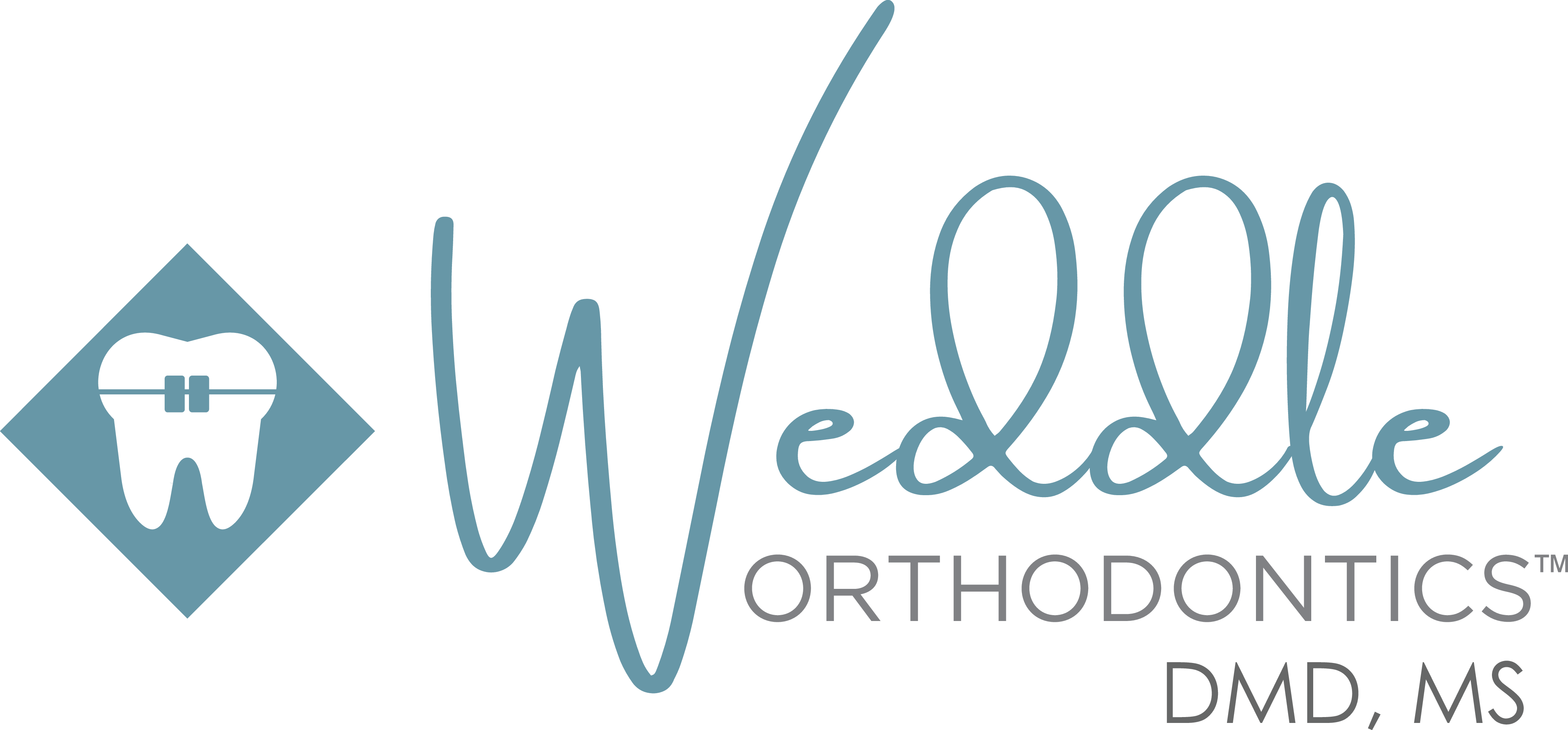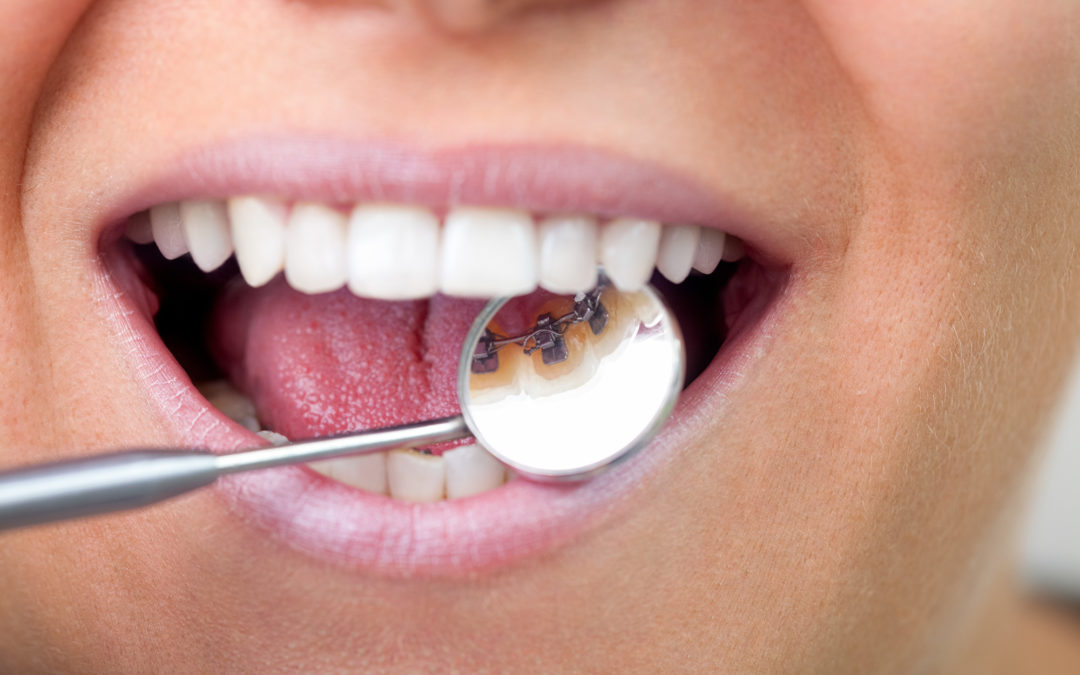There’s a reason why there are over five thousand orthodontist offices found throughout the United States. We rely on these professionals to help correct teeth alignment and jaw problems.
However, when most people think of orthodontists the first place their mind goes is traditional braces. While this is their most popular service it’s important to remember it isn’t their only one.
The reality is that there are a lot of alternatives to braces out there for both kids and adults. In this article, we’ll go over some of your other options. That way you can decide the best choice for your needs at your next dental appointment.
The Health Benefits of Braces
Before we go into the alternatives for braces let’s first take a look at why you should consider wearing them or a similar type of treatment. There are over four million people in the United States wearing braces at any given time.
For the majority of these individuals braces, whether traditional or alternative, are used for cosmetic purposes. They straighten teeth and make smiles more vibrant.
But, they come with health benefits as well. When you have straight teeth they’re a lot easier to clean. When your teeth don’t overlap your gums are also able to provide a lot more support.
After braces, you have a much better odds of not chipping, wearing, or breaking your teeth. Finally, misaligned teeth place a lot of stress on the jaw. So, you can avoid health issues in the future by fixing them.
Option One: Invisalign
Invisalign is a great option for adults that feel self-conscious about wearing braces. These are discreet, clear braces that you can take on and off. There are tons of benefits that come with Invisalign alternatives.
The most obvious one is the fact that they’re practically invisible. However, they’re also lots of more subtle ones. For example, there are no dietary restrictions with Invisalign.
You can eat all the popcorn you want as long as you properly clean afterward. And speaking of cleaning, it’s much easier to brush and floss than with traditional braces.
The difficulty of brushing with braces can easily lead to infections if you aren’t careful. Finally, Invisalign requires fewer appointments and it’s less painful. However, there are some drawbacks.
Invisalign is expensive. Talking with them in can be difficult at first and will take some getting used to.
Also, if you don’t wear them, then nothing will happen. So, if you have a child that’s bad at remembering, you might not want to go with them.
Option Two: Ceramic Braces
Ceramic braces are another good discreet alternative to traditional braces. While they aren’t removable, they’re either clear or tooth-colored which makes them less conspicuous.
They also move much faster when compared to clear aligners like Invisalign. And, ceramic braces can take more severe cases than Invisalign. There are some problems that invisible aligners can’t fix.
What’s more, you get to choose your colors. And, since there’s no metal, ceramic braces don’t interfere with any imaging systems. That being said, there are some drawbacks.
For one thing, it’s more expensive than traditional braces. They’re less durable than metal braces, so they may not be the best option for kids.
And, they move teeth more slowly than traditional braces. So, you will need to have them on for eighteen to thirty-six months.
Option Three: Retainer
Most of the time, a simple retainer isn’t enough to correct teeth alignment problems. Usually, they’re used after braces to maintain alignment. But if you have minor crooked teeth from overcrowding, then it might be a valid alternative.
You should make sure to ask your orthodontist because retainers are much cheaper than any type of braces. So, if you just require a little adjustment you can save thousands.
Option Four: Veneers
Veneers can be a valid form of tooth correction if you have minor gaps between your teeth that you want to be fixed.
They’re also good for people with broken, discolored, or fractured teeth. With this option, the professional will wear down a thin layer of enamel on your teeth. Then they’ll secure the veneers with a thin layer of resin.
The best part about veneers is that you get closed gaps without any of the long treatments that come with braces. That being said, the treatment is irreversible and veneers can break over time if you aren’t careful.
Option Five: Headgear Braces
If you or your child has a severely misaligned bite, then traditional braces alone likely aren’t enough to fix it. For these severe cases, you may be required to get headgear braces.
This type of equipment readjusts your jaw position by wrapping around your head and connecting to the side of your face. In some cases, you may only need to wear it for two to four hours a day.
In other scenarios, it will need to be closer to twelve to fourteen hours. The biggest downside of this option is the look. Headgear braces are next to impossible to hide.
And, some people can feel embarrassed in them. That being said, it does tend to speed up treatment time. So you won’t need to wear them as long as braces.
Need Alternatives to Braces? Contact Weddle Orthodontics
We hope this article helped you learn about some of the alternatives to braces. We know that finding the right teeth-correcting devices can be a challenge.
That’s why here at Weddle Orthodontics we do everything in our power to make the process as pain-free as possible.
Whether it’s providing you with alternatives to traditional braces, or creating a comfortable environment for treatment, we do everything we can to make things easy. So, contact us today to get the smile that you dream of.


Recent Comments